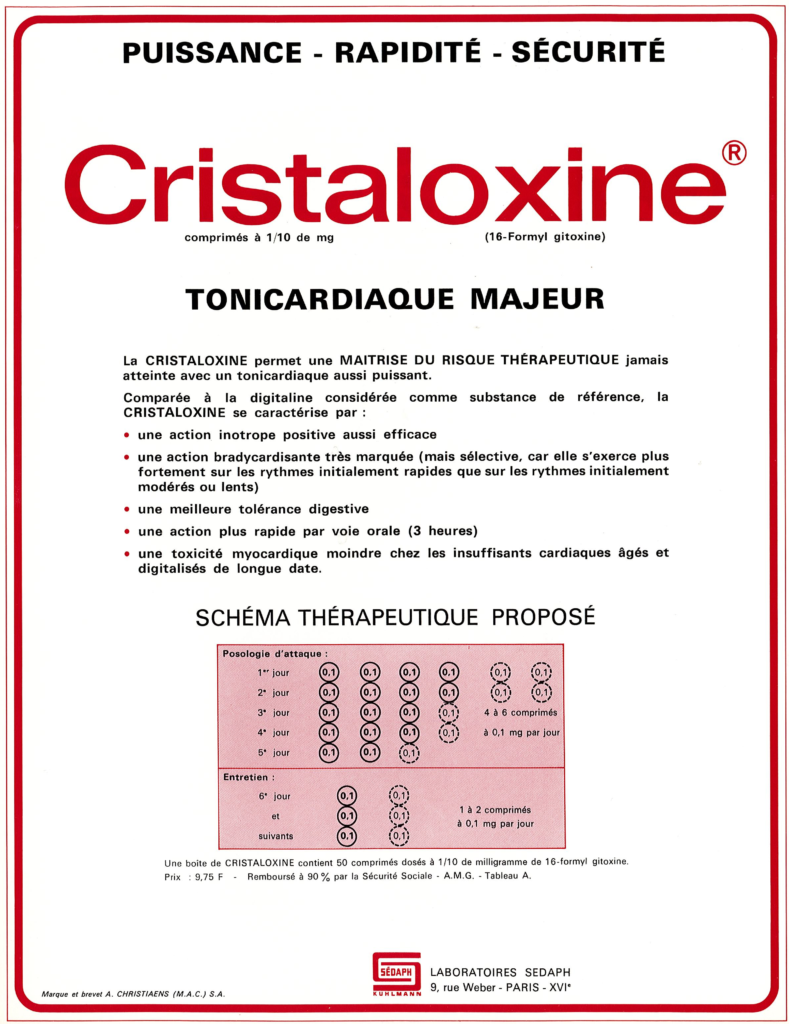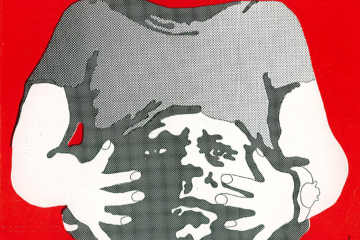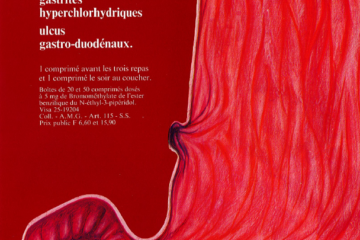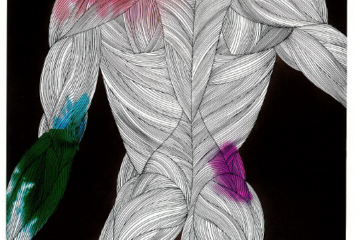Gitaloxin is a cardiotonic glycoside extracted from the leaves of the plant Digitalis purpurea (common foxglove). It belongs to a class of cardenolide glycosides which also includes digoxin and digitoxin. The drug Cristaloxine® was used for the treatment of irregular heartbeat (treatment of congestive heart failure and atrial arrhythmias), enhancing myocardial contractions.
Digitalis drugs have been introduced into Western medicine toward the end of the 18th century. The first use is usually attributed to the British botanist William Withering and his study on the foxglove published in 1785. But Cristaloxine was considered as a “new cardiac glycoside ” developed in the 1960/70s. From the chemical viewpoint, gitaloxin is a tridigitoxoside, i.e. a trisaccharide derivative of the aglycone gitaloxigenin (gitoxigenin 16b-formate). The presence of a formyl group considerably reinforces the activity of the compound at inhibiting the cellular membrane sodium-potassium adenosine triphosphatase (Na+/K+-ATPase) which transports sodium and potassium against their physiological gradients in most eukaryotic cells. Like other Digitalis drugs, gitaloxin inhibits the pumping function of the enzyme and stimulates the signaling function of the Na/K-ATPase. Today, gitaloxin is no longer used but its close analogue digoxin is used to treat atrial fibrillation and heart failure with reduced ejection fraction. The valuable use of Digitalis purpurea continues.
Gitaloxin was considered as “the forgotten cardiac glycoside of Digitalis purpurea”, as if the plant had kept a secret. The communication around Cristaloxine® exploited this idea. The advert showed a shiny red heart next to a fine drawing of a typical flowering Digitalis plant. The communication underlined the high potency of the product, its rapid action and safety. An evocative mention of the benefit of the plant and the natural origin of the medication.




